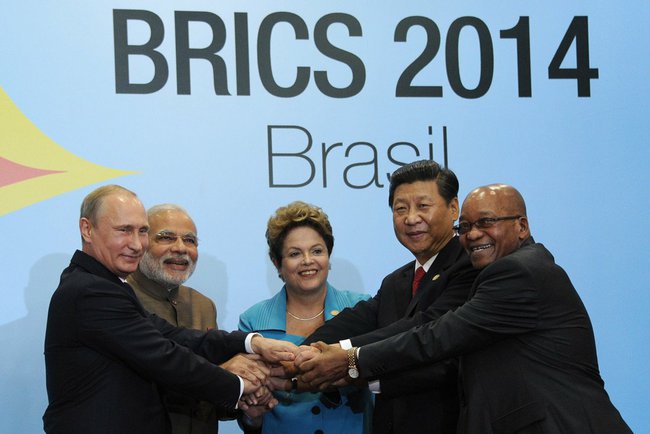I’ve recently finished reading Animal Farm written by George Orwell, and it is quite an extraordinary book.
It is a classic and I won’t be surprised if a lot of you have already read it, but if not, please pick it up and give it a read. It is brief, thought provoking and although it is an allegorical novel about the Stalin era in Soviet Russia, I’m sure you will be able to relate to the characters and see some of that behavior around you even today.
The story is about a farm in England where animals are fed up of the tyranny of their human lords, and overthrow their rule in a revolution. The animals come up with maxims to govern themselves, and pigs being the smartest animals take the leadership position and govern the farm.
As the story progresses, the pigs become more and more authoritarian, and flout all of the initial maxims established at the time of founding of the Animal Farm.
There are different animals in the farm, and each is used quite cleverly to display certain innate traits that in most cases you can identify with as well. For example, there are sheep who bleat a certain slogan to brainwash the other animals, there is a donkey who is very stubborn and cynical, but perhaps the best of all and my favorite character is the horse named Boxer.
Boxer is a strong horse who works harder than anyone else, and is loyal to a fault. I was very moved with how his character is developed in the story, and how it ends. Boxer is extremely hardworking, loyal and naive. He works harder, and harder throughout the story, is blind to all the injustices around him, choosing only to believe in his simple maxims of hard work, and their leader Napoleon always being right and in the end is met with a cruel fate.
I felt that Boxer’s character correctly represents a lot of us today who work hard, have good intentions, desperately need a leader, and when we find that leader whether he be Kejriwal, Modi or Salman Khan, we are impervious to their flaws, and defend their actions blindly to a fault.
This is quite a quick read, and a wonderful story, I would definitely recommend that all of you give it a try.




